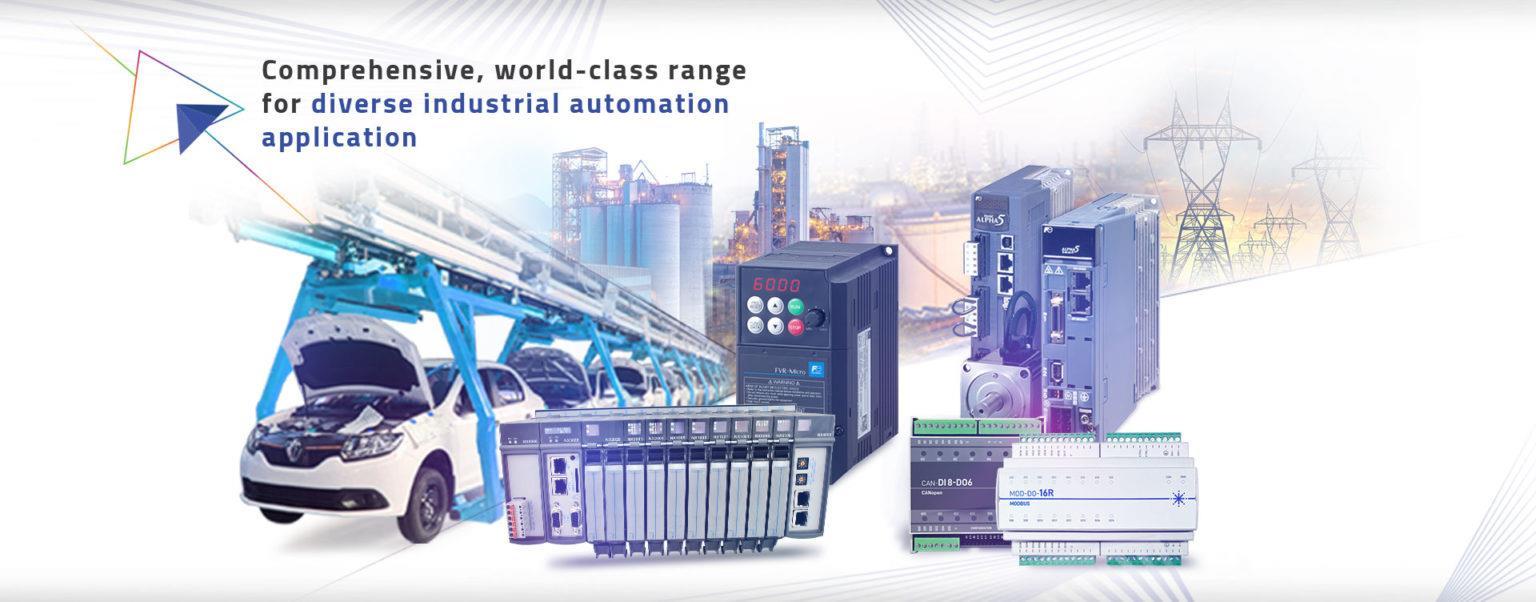Components of a Programmable Logic Controller (PLC)
Before we get into the components of a PLC, let’s find out what a PLC actually is. PLC or a Programmable Logic Controller is a specialized computer that is used to control industrial processes. A digital control device, PLCs use a programmable logic array to regulate the input and output of digital and analog signals. To make it simple, PLC is an industrial digital computer that is used to process systems. Used for control electromechanical processes, the PLC machine is made up of five main components: a power supply, input/output (I/O) modules, a processor, memory, and programming software.

The power supply is responsible for providing energy to the system's components. Input/output (I/O) modules allow the PLC to connect with the outside world, such as sensors, actuators, and other control systems. The processor, or central processing unit (CPU), is the PLC's brain and is responsible for executing a program or instruction set. Memory stores the program or instruction set and other data necessary for the PLC to function. Finally, programming software is used to create the program or instruction set for the PLC to execute.
Let’s break into a PLC machine and find out the function of each component.
Power supply
PLC industrial automation requires a power supply is a device that provides energy to a programmable logic controller (PLC) The power supply converts AC or DC power from a mains electricity source into the DC voltage required by the PLC. It may also include features such as current limiting and overvoltage protection. PLC automation companies design their power supply to operate reliably in harsh industrial environments. Some models are equipped with an emergency stop button, which can be used to shut off the power supply in an emergency situation. Processor
A PLC processor is equipped with a variety of input and output (I/O) ports, which allow it to interface with sensors, actuators, and other devices in the system. In addition, a PLC processor typically has a built-in programming language that can be used to create complex control logic. While PLC processors are often used in simple applications, such as turning lights on and off, they are also capable of controlling more sophisticated processes, such as assembly line manufacturing.
Input models
There are several different types of input devices that can be used with a PLC, ranging from simple push buttons to advanced sensors. Each type of input has its own advantages and disadvantages. One of the most important considerations is the environment in which the input will be used. For example, inputs that will be exposed to harsh conditions or high temperatures may need to be specifically designed for those conditions.
Output models
A PLC industrial automation output model is a mathematical representation of the relationship between input variables and output variables. Output models can be used to predict how a system will respond to changes in input variables, and can be used to optimize system performance. The most common output models are linear models and nonlinear models. Linear models are based on the assumption that output is proportional to input. Nonlinear models allow for more complex relationships between input and output variables.
Memory
Memory is a critical component of Programmable Logic Controllers (PLCs), as it is used to store the data and instructions that are used to control the system. The memory in a PLC is used to store the operating system, programs, and data that are used for controlling the system. The memory also stores the status of the system, such as the current values of inputs and outputs. Additionally, the memory can be used to store historical data, such as data collected over the course of its operation. The memory in a PLC system is typically non-volatile, meaning that its contents will not be lost in the event of a power failure.
Programming software
Programming software is used to create, execute, and maintain the automation logic for a Programmable Logic Controller (PLC). Programming languages used for this purpose include Ladder Logic, Function Block Diagram, Structured Text, InstruNet, and Statement List. By using the tools available in these programming software packages, users can create automated processes and control devices from a single hardware device. The automation logic created in the programming software can also be used to control the operation of industrial devices, such as pumps, motors, and valves.
Most PLC manufacturers in India add the above five components to their prodcuts. But Messung's PLCs have five more components that make them top of the line. These are durability, flexibility, usability, safety and quality. Messung is known as the best PLC manufacturing company in India because of its wide range of products to fit all your needs.
